In Episode #167 of the PricePlow Podcast, Mike and Ben welcome Laura Katz, founder and CEO of Helaina, for an in-depth exploration of human-identical lactoferrin technology and the revolutionary effera™ ingredient. This fascinating conversation traces Laura's journey from discovering the black market for breast milk to developing precision fermentation technology that creates bioactive proteins identical to those found in human milk.
From Black Market Discovery to Biotechnology Breakthrough: The Helaina Story
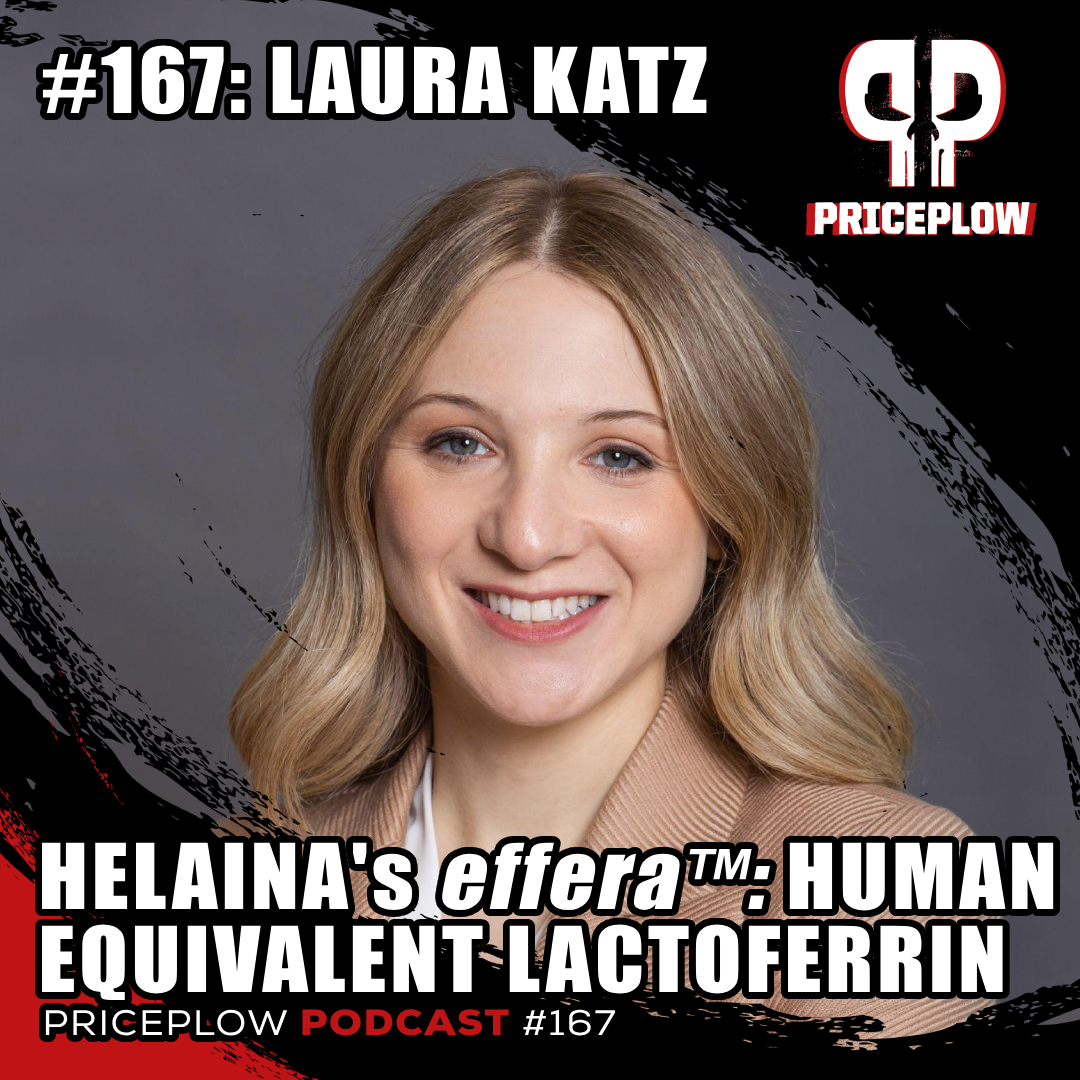
Laura Katz, founder and CEO of Helaina, discusses the revolutionary effera™ human-identical lactoferrin technology and precision fermentation platform on Episode #167 of the PricePlow Podcast.
Laura, a food scientist by training, shares the unexpected inspiration behind Helaina - a 2015 podcast about people purchasing breast milk from strangers on the internet. This revelation led her to recognize that bodybuilders, athletes, cancer patients, and parents were all seeking the same thing: access to the bioactive proteins found exclusively in human milk. Rather than accepting this dangerous black market solution, Laura set out to replicate these components using precision fermentation technology.
Six years later, Helaina has launched effera™, the world's first commercially available human-identical lactoferrin ingredient produced through yeast fermentation. Unlike bovine lactoferrin extracted from cow's milk, effera™ is recognized by the human body as "self," demonstrating superior bioavailability, reduced immunogenicity, and enhanced efficacy across multiple health applications from women's health to athletic performance.
The discussion reveals compelling clinical data showing that participants taking bovine lactoferrin developed antibodies against the protein, while those taking effera™ showed no immune response - a critical finding that validates the "human proteins for humans" hypothesis. Mike also shares his personal experience using lactoferrin to help manage dangerously high ferritin levels, providing real-world context for the ingredient's iron-regulating capabilities.
Subscribe to the PricePlow Podcast for more conversations with pioneering entrepreneurs and scientists who are reshaping the supplement industry!
Subscribe to the PricePlow Podcast on Your Favorite Service (RSS)
https://blog.priceplow.com/podcast/laura-katz-effera-lactoferrin-167
Video: Laura Katz Explains Human-Identical Lactoferrin Technology
Podcast: Play in new window | Download (Duration: 1:07:17 — 72.8MB)
Detailed Show Notes: The Science and Business of Human Bioactive Proteins
-
0:00 - Introduction: Meeting the Founder Who's Replicating Human Milk
Mike and Ben welcome Laura Katz, founder and CEO of Helaina, to discuss the groundbreaking effera™ ingredient and the technology behind human-identical bioactive proteins. Laura introduces her background as a food scientist whose passion has always centered on creating innovative food products, setting the stage for understanding how she approached the challenge of replicating components found in human milk.
The conversation immediately establishes the unique positioning of Helaina's technology - this isn't just another supplement ingredient, but rather a paradigm shift toward producing human bioactive proteins that the body recognizes as native rather than foreign. Laura emphasizes that effera™ represents just the beginning of what's possible with their precision fermentation platform.
-
3:00 - The Black Market Discovery That Started Everything
Laura reveals the surprising origin story of Helaina, beginning with a 2015 subway ride in New York City where she heard a podcast about the black market for breast milk. This wasn't just parents seeking milk for their babies - bodybuilders, athletes, cancer patients, and health enthusiasts were all purchasing breast milk from strangers online, seeking access to bioactive proteins they couldn't find anywhere else.
As a food scientist, Laura recognized that breast milk represents "the world's most perfect food," refined over thousands of years of evolution. The proteins found in human milk - especially lactoferrin - play crucial roles in building immune function, supporting cognition, and maintaining gut health from birth throughout life. These bioactive proteins are produced not just in breast milk, but throughout the human body in saliva, tears, sweat, and brain tissue.
Laura's breakthrough insight was realizing that existing precision fermentation technology, already used for producing insulin and other critical molecules, could be applied to replicate these human bioactive proteins safely and at scale. This led to the founding of Helaina in 2019, starting literally at her kitchen table in the Lower East Side.
-
5:45 - Building a Biotech Company in 2019/2020 Through Cold Emails
Helaina's effera™ is revolutionizing supplements with the first human-equivalent lactoferrin. Research shows better bioavailability and reduced immune response compared to bovine sources.
The early days of Helaina required significant capital to establish laboratory facilities and hire specialized scientists. At 26 years old without an existing network, Laura resorted to cold-emailing investors, with most not responding to her outreach. However, the visceral connection people felt to breast milk and human nutrition helped her secure initial funding from the few investors who did engage.
Just as the company was getting established, the 2020 shutdowns hit, creating unique challenges for a startup that required laboratory work. Laura had to navigate building a company with limited capital while ensuring her team could continue their research despite work-from-home restrictions. The mission's universal appeal - breast milk as humanity's first food - helped unite the team and push through the early difficulties.
Laura admits to being "naive enough to not realize how difficult it was going to be", which she considers advantageous for any entrepreneur. While she knew the venture would be expensive, her background in alternative proteins had shown her that the technology existed to replicate naturally occurring compounds for improved taste and functionality.
-
8:45 - Why Existing Lactoferrin Wasn't Good Enough
Mike raises the critical question: with lactoferrin already available from bovine sources, why undertake the massive challenge of creating a human version? Laura explains that current bovine lactoferrin faces significant limitations that make Helaina's approach necessary.
Cows aren't efficient producers of lactoferrin - human milk contains 10 to 30 times more lactoferrin than cow's milk.[1] The extraction process requires approximately 10,000 liters of cow's milk to produce just one kilogram of lactoferrin, making it an inefficient, expensive, and price-volatile ingredient. Additionally, bovine lactoferrin is an allergen, containing residual milk proteins that can trigger reactions.
Laura's hypothesis, now proven through clinical research, was that "human proteins for humans are more effective, efficacious, absorbable, and bioavailable than cow proteins".[2-4] The concept makes intuitive sense - humans aren't cows, so human immunology should work better with human-derived proteins rather than bovine immunity systems.
-
12:00 - What about Colostrum? The First Milk's Unique Properties
To clarify common confusion in the supplement space, Laura explains the distinction between colostrum and lactoferrin. Colostrum is the thick, yellowish, sticky first milk produced immediately after birth, rich in bioactive proteins including high concentrations of lactoferrin. In cows, colostrum production lasts only a few days before transitioning to regular milk.
Recent research reveals lactoferrin's promising applications for athletes and physically active individuals. By supporting healthy inflammatory responses, maintaining optimal iron status for muscle growth and repair, and enhancing oxygen delivery through improved iron absorption, effera™ offers benefits beyond traditional iron supplements.
The composition differences between human and bovine colostrum are dramatic. Human colostrum contains seven to ten times more lactoferrin than bovine colostrum.[1] The antibody profiles also differ significantly - bovine colostrum contains primarily IgG antibodies, while human colostrum features secretory IgA as the dominant immunoglobulin.
Laura addresses the ethical concerns around bovine colostrum extraction, noting that taking colostrum from calves requires providing them with artificial colostrum formulas, similar to infant formula. This practice raises sustainability and animal welfare questions that human-identical alternatives like effera™ can help address.
-
14:45 - Lactoferrin Deep Dive: The Iron-Binding Miracle Molecule
Laura provides a comprehensive explanation of lactoferrin as a glycoprotein - a protein decorated with sugar molecules that's found throughout the human body. Beyond its presence in breast milk, lactoferrin appears in saliva, tears, sweat, vaginal secretions, and brain tissue, indicating its fundamental importance to human physiology.[5]
The key feature that makes lactoferrin "smart" is its iron-binding capacity - it binds iron more tightly than any other molecule in the body. This mechanism enables lactoferrin to regulate iron availability, taking iron away from potentially harmful pathogens while ensuring proper iron distribution to tissues that need it. This dual action helps prevent both iron deficiency and iron overload.[6]
Through its iron-binding function, lactoferrin supports immune system development, gut health, and cognitive function. It acts as a first line of defense, sequestering iron from pathogens that require it for growth and survival. The protein also helps modulate inflammation by suppressing inflammatory cytokines like TNF-alpha and IL-6.[1]
-
17:45 - The Declining Lactoferrin Phenomenon and Supplementation Benefits
Laura reveals fascinating insights about how lactoferrin levels change throughout life. While babies receive high levels through breastfeeding, endogenous lactoferrin production declines from ages zero to three as the immune system matures. However, lactoferrin levels continue decreasing throughout life, especially during illness, inflammation, or neurodegenerative diseases.
The protein's widespread presence wherever microbiomes exist - gut, brain, vaginal, and skin - suggests its critical role in maintaining microbial balance throughout the body. Laura notes that lactoferrin is "estrogen-mediated", meaning production increases during high-estrogen periods and decreases dramatically during perimenopause and menopause, creating significant opportunities for women's health applications.
Supplementation becomes valuable when internal production is suppressed by inflammation, metabolic factors, or intense exercise. The concept parallels other endogenous compounds like collagen and creatine - while the body produces these naturally, additional supplementation can provide benefits beyond baseline levels.
-
21:00 - effera™: Creating Human-Identical Lactoferrin Through Precision Fermentation
Laura explains the sophisticated process behind effera™ production, which parallels how insulin and other critical human proteins are manufactured today. The process involves teaching yeast to produce human lactoferrin with the exact amino acid sequence, folding patterns, and structural elements found in native human lactoferrin.
The precision fermentation process yields a highly pure protein that's then spray-dried into powder form without carriers like maltodextrin. Laura was adamant about avoiding any additives during processing, requiring extensive optimization to achieve proper spray-drying without compromising the protein's integrity or adding unnecessary ingredients.
The resulting effera™ contains approximately 98% pure lactoferrin, with the remaining 2% consisting of moisture and minimal residual salts from the drying process. This purity level is critical since one target application is infant nutrition, where no quality compromises are acceptable.
-
23:45 - Clinical Proof: Why Human Beats Bovine
The most powerful evidence for effera™'s superiority comes from head-to-head clinical studies comparing human and bovine lactoferrin. In a randomized, double-blind controlled trial, participants taking bovine lactoferrin developed antibodies against the protein, indicating their immune systems were trying to clear it as a foreign substance.[2]
In contrast, participants taking effera™ showed no antibody development at any dose level,[2] proving the body recognizes it as "self". This finding has profound implications - if the immune system is actively clearing bovine lactoferrin, it can't remain in the body long enough to provide optimal benefits.
Key data showing bovine lactoferrin (white bars) triggered significant antibody production - approximately three times above baseline by day 56. In contrast, both doses of effera™ (gray/black bars) maintained antibody levels near baseline, demonstrating the body recognizes effera™ as "self" rather than foreign.[2]
Additional research reveals that effera™ digests identically to native human lactoferrin, breaking down into the same bioactive peptides that provide specific health benefits. Bovine lactoferrin digests differently, producing different peptide fragments. Laura emphasizes that preclinical work shows "a dampening of inflammation manyfold larger" with effera™ compared to bovine lactoferrin.
-
27:00 - The Iron Regulation Mechanism: More Than Just Binding
Mike seeks clarification on lactoferrin's "intelligence", wondering how a protein molecule makes decisions about iron distribution. Laura explains that while lactoferrin isn't sentient, its high binding affinity acts like a magnet for iron. The protein features two lobes that can grab iron with extraordinary strength compared to other molecules.
This magnetic-like attraction, combined with the protein's presence throughout body tissues, allows it to respond to local iron needs. The mechanism isn't perfect artificial intelligence, but it's remarkably sophisticated in knowing where to go and what to do based on biochemical signals and tissue requirements.
The process can help both iron-deficient and iron-overloaded individuals by modulating iron availability rather than simply adding more iron to the system. For people with adequate iron stores but poor utilization, lactoferrin facilitates moving iron from tissues into circulation where it's needed.
-
29:45 - Women's Health Applications: Pregnancy and Menopause Opportunities
Laura identifies significant opportunities in women's health, especially around pregnancy and menopause. During pregnancy, blood volume increases 1.5 times over nine months, commonly leading to iron deficiency anemia that doctors often dismiss as normal rather than addressing proactively.
Clinical data demonstrates lactoferrin's ability to improve blood hemoglobin levels and other iron parameters without the gastrointestinal distress associated with traditional iron supplements.[7-10] Unlike ferrous sulfate, which can cause stomach upset and has limited absorption, lactoferrin facilitates better iron utilization from existing stores.
Laura shares her personal experience with iron deficiency during both pregnancies, noting how dismissive healthcare providers can be about this common but addressable condition. The combination of lactoferrin with traditional iron supplementation shows enhanced effectiveness compared to iron alone.
-
33:00 - The Prenatal Vitamin Revolution: An Untapped Market
Mike suggests that prenatal vitamins represent a massive untapped opportunity for lactoferrin inclusion. Laura enthusiastically agrees, noting that lactoferrin could be formulated directly into prenatal multivitamins or offered as a separate booster product alongside existing prenatal regimens.
The iron-regulating properties make lactoferrin extremely valuable during pregnancy when iron needs are elevated but traditional supplements are poorly tolerated. Unlike loading up with iron supplements that may not be well-absorbed, lactoferrin helps the body utilize iron more effectively while avoiding digestive distress.
Laura mentions guidance from her hematologist sister-in-law that simply taking more iron supplements doesn't necessarily improve absorption - "more is not more with that concept". This insight reinforces lactoferrin's value in optimizing iron utilization rather than just increasing iron intake.
-
37:45 - Athletic Applications: Beyond Iron to Performance Enhancement
The conversation shifts to athletic applications, where lactoferrin offers multiple benefits beyond iron regulation. Clinical studies show lactoferrin supplementation can improve blood hemoglobin levels in iron-deficient athletes, which is important for endurance sports where oxygen delivery is crucial.[11]
effera™ offers a complete solution for women's wellness needs across all life stages. From supporting iron regulation and vaginal microbiome balance to promoting bone health and enhancing athletic performance, this human-equivalent lactoferrin addresses multiple female-specific health concerns with one bioidentical ingredient.
Even more interesting, preclinical research demonstrates that lactoferrin combined with creatine improves lean muscle mass more effectively than either ingredient alone.[12] This synergistic effect opens exciting possibilities for sports nutrition formulations targeting both physical and cognitive performance.
Laura highlights the cognitive benefits potential, noting that lactoferrin crosses the blood-brain barrier and may help "mop up iron in the brain" to reduce oxidative stress associated with neurodegenerative diseases.[13] For athletes, this could translate to improved mental clarity and focus during competition.
-
44:45 - Gut Health: The Foundation of Lactoferrin Benefits
Laura details lactoferrin's multifaceted role in gut health, starting with preserving tight junction protein integrity that maintains the gut barrier. By reducing inflammation, lactoferrin helps prevent "leaky gut" syndrome where unwanted substances pass through the intestinal wall.
The protein creates an environment favoring beneficial bacteria growth, including Bifidobacterium species,[14] which produce short-chain fatty acids crucial for gut health. Clinical studies show improved short-chain fatty acid profiles in people supplementing with lactoferrin due to enhanced beneficial bacteria populations.
Additionally, lactoferrin's iron-sequestering mechanism removes iron from potentially pathogenic bacteria in the gut, reducing their ability to proliferate and cause GI distress. Laura emphasizes that "everything starts and stops in the gut" - the reason lactoferrin is so abundant in breast milk is because the baby's gut represents their first line of immune defense.
-
46:30 - Immune System Modulation: The Anti-Inflammatory Powerhouse
Beyond gut health, lactoferrin serves as a sophisticated immune system modulator,[15,16] suppressing inflammatory cytokines including TNF-alpha and IL-6. This anti-inflammatory action contributes to overall immune balance rather than simply boosting immune activity.
Detailed breakdown of lactoferrin's mechanisms across body systems, showing its antimicrobial, immune-modulating, and protective properties. This comprehensive view explains why effera™'s human-identical structure enables superior function compared to bovine sources across these critical biological pathways.[17]
Laura shares the historical example of colostrum being used for travelers' diarrhea before it became mainstream - highlighting lactoferrin's role in supporting immune function during periods of vulnerability. Travel represents a time when immune systems face new challenges, making lactoferrin's protective effects quite useful.
The protein's presence wherever microbiomes exist - neural, gut, vaginal, and skin - reinforces its fundamental role in maintaining microbial balance and immune homeostasis throughout the body.
These details and more are covered in our flagship article, "effera™: Revolutionary Human-Equivalent Lactoferrin Goes Beyond Bovine, Changing the Supplement Industry".
-
49:00 - Purity Standards: Meeting Infant Nutrition Requirements
Laura emphasizes that purity remains paramount for effera™, especially since infant nutrition represents a key target application. The ingredient achieves approximately 98% purity, with the remaining content consisting only of moisture and minimal salts from the spray-drying process.
Unlike bovine lactoferrin that requires approximately 10,000 liters of cow's milk to produce just 1 kilogram, effera™ utilizes precision fermentation technology to create a human-identical protein. This sustainable manufacturing process ensures consistent quality without the variability or resource intensiveness of animal-sourced ingredients.
The manufacturing process avoids animal products entirely, eliminating concerns about residual proteins or contaminants that might trigger allergic reactions. All components are well-characterized and documented in published research, providing transparency for formulators and consumers.
This purity level exceeds many other protein ingredients and reflects Helaina's commitment to creating products suitable for the most vulnerable populations, including infants and individuals with compromised immune systems.
-
52:45 - Formulation Versatility: From Gummies to Beverages
effera™ demonstrates remarkable formulation flexibility, working effectively in pills, powders, gummies, beverages, yogurt, and bars. The heat stability at 85-90 degrees Celsius makes it suitable for gummy manufacturing, while its pH tolerance works well in acidic environments like yogurt.
Unlike colostrum products that require gram-level dosing, lactoferrin is effective at 100-300 milligram doses, making it practical for gummy formulations and other delivery formats where space is limited. The ingredient has minimal taste impact, appearing as a light pink powder that essentially disappears when formulated into products.
Laura emphasizes Helaina's commitment to testing recovered lactoferrin in finished products to ensure the protein maintains integrity throughout manufacturing processes. This testing reveals consistent stability across various applications, though extremely high heat exposure for extended periods can degrade the protein.
-
54:00 - Personal Application: Mike's High Ferritin Journey
Mike shares his personal experience with lactoferrin and iron management. At age 42, his first ferritin test revealed levels of 772 ng/mL - approximately 10 times higher than the recommended maximum of 70 ng/mL. Basically off the charts and into the stratosphere. Despite normal blood iron levels, his ferritin indicated significant iron overload (he postulates it's stored in his liver).
This diagram illustrates various bacterial iron acquisition strategies, including specific receptors for iron-carrying proteins like lactoferrin and transferrin. By binding iron with extreme affinity, lactoferrin creates an "iron starvation" effect for pathogens - a key antimicrobial mechanism preserved in effera™.[6]
Rather than immediately beginning blood donations, Mike experimented with lactoferrin supplementation for six months, achieving a 7% reduction to 722 ng/mL. While still dangerously high, this demonstrated lactoferrin's ability to influence iron metabolism even in extreme cases.
Subsequently, Mike began regular blood donations every eight weeks, dropping his ferritin to 485 ng/mL after three donations. The dramatic improvement in joint health - especially shoulder mobility while swimming - convinced him that iron overload had been significantly impacting his quality of life for years.
This experience reinforced Mike's belief in lactoferrin's clinical efficacy while highlighting the importance of regular health monitoring, especially for men who may not receive routine ferritin testing until starting testosterone replacement therapy.
He publicly shares all of his blood work, and will continue to keep his spreadsheet up to date with changes.
-
1:01:30 - Dosage Recommendations and Safety Profile
Clinical efficacy studies support dosing in the 100-300 milligram range, with 200 milligrams representing a common target dose. The safety profile extends much higher - Helaina has tested up to 3.4 grams daily without adverse effects, reflecting the fact that babies naturally consume several grams daily through breast milk.
Laura notes that effera™'s superior binding affinity means lower doses can achieve comparable effects to higher doses of bovine lactoferrin. This efficiency benefits formulators by reducing ingredient costs while maintaining or improving efficacy.
Personal usage examples include Laura's mother taking 250 milligrams daily, while Laura herself mentions the flexibility to adjust dosing based on individual needs and health status.
-
1:05:00 - Future Directions: The Platform Potential
Laura concludes by revealing that effera™ represents just the beginning of Helaina's capabilities. This came after Mike asked about alpha-lactoglobulin, which Laura had brought up in the beginning as the main protein in human milk (as opposed to beta-lactoglobulin, found in cow's milk). The company has developed a sophisticated platform incorporating machine learning and world-class scientists capable of producing various human bioactive proteins.
Human milk remains the inspiration for future product development, with focus on well-characterized, bioactive proteins that can meaningfully impact human health. Laura emphasizes that any new products will require strong clinical validation before launch, ensuring they provide measurable benefits rather than simply replicating compounds without proven efficacy.
The platform approach positions Helaina to potentially revolutionize multiple categories within nutrition and health by providing human-identical versions of proteins currently sourced from animals or produced synthetically with limited bioavailability.
Where to Follow and Learn More
- Helaina: myhelaina.com
- PricePlow's Helaina News: PricePlow.com/helaina
- Laura Katz: LinkedIn
- Helaina Company: LinkedIn
- effera™ Ingredient Deep Dive: blog.priceplow.com/supplement-ingredients/effera
- Mike's Blood Test Data: Google Sheets
Thank you to Laura for joining us to discuss the groundbreaking science behind human-identical lactoferrin and Helaina's mission to make human bioactive proteins accessible at scale. This conversation provides a fascinating glimpse into the future of nutrition, where precision fermentation technology enables us to access the bioactive compounds our bodies truly recognize and utilize.
For formulators interested in effera™ or researchers looking to collaborate on clinical studies, Laura encourages direct outreach at laura@myhelaina.com. Stay tuned for more episodes of the PricePlow Podcast featuring the entrepreneurs and scientists reshaping the supplement industry!



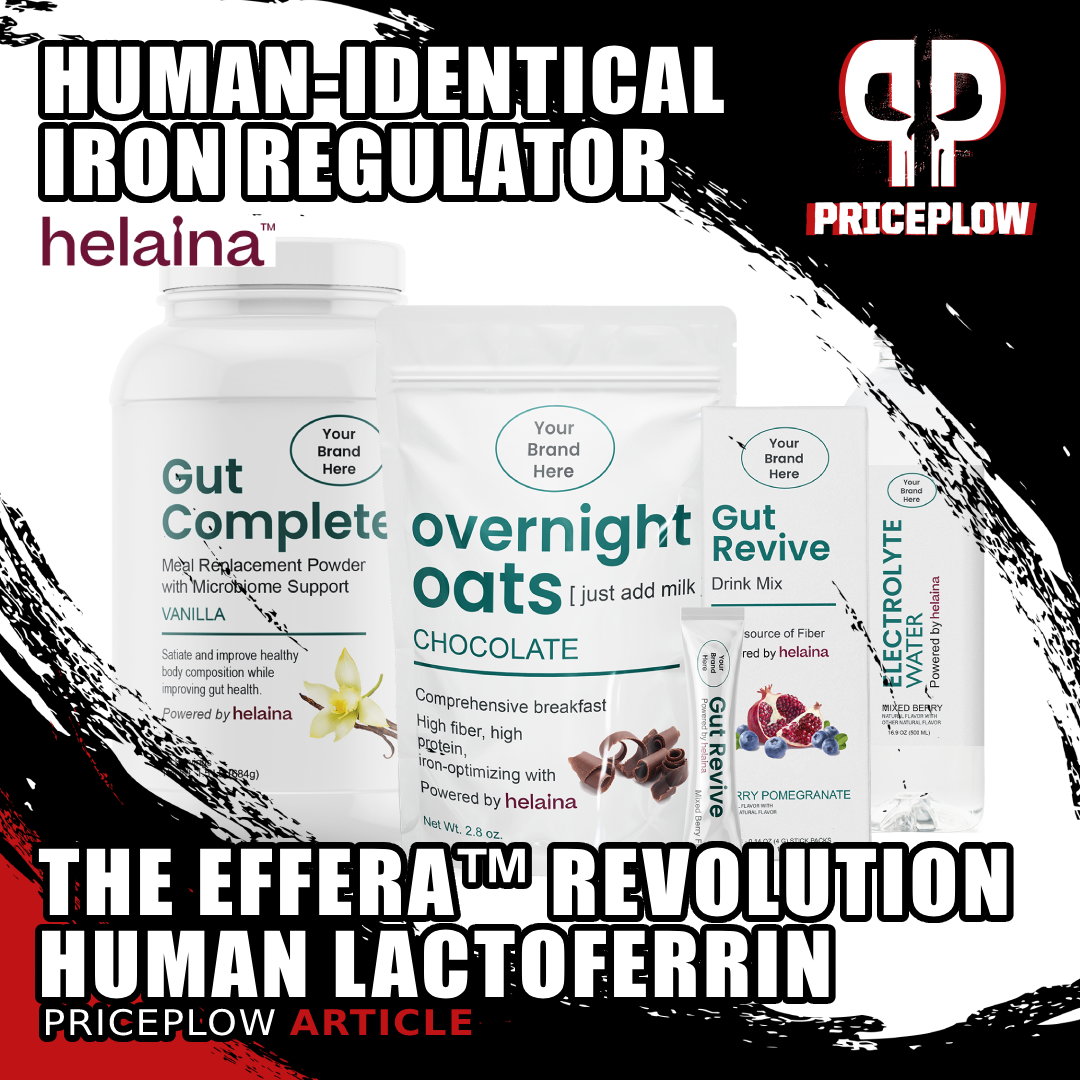
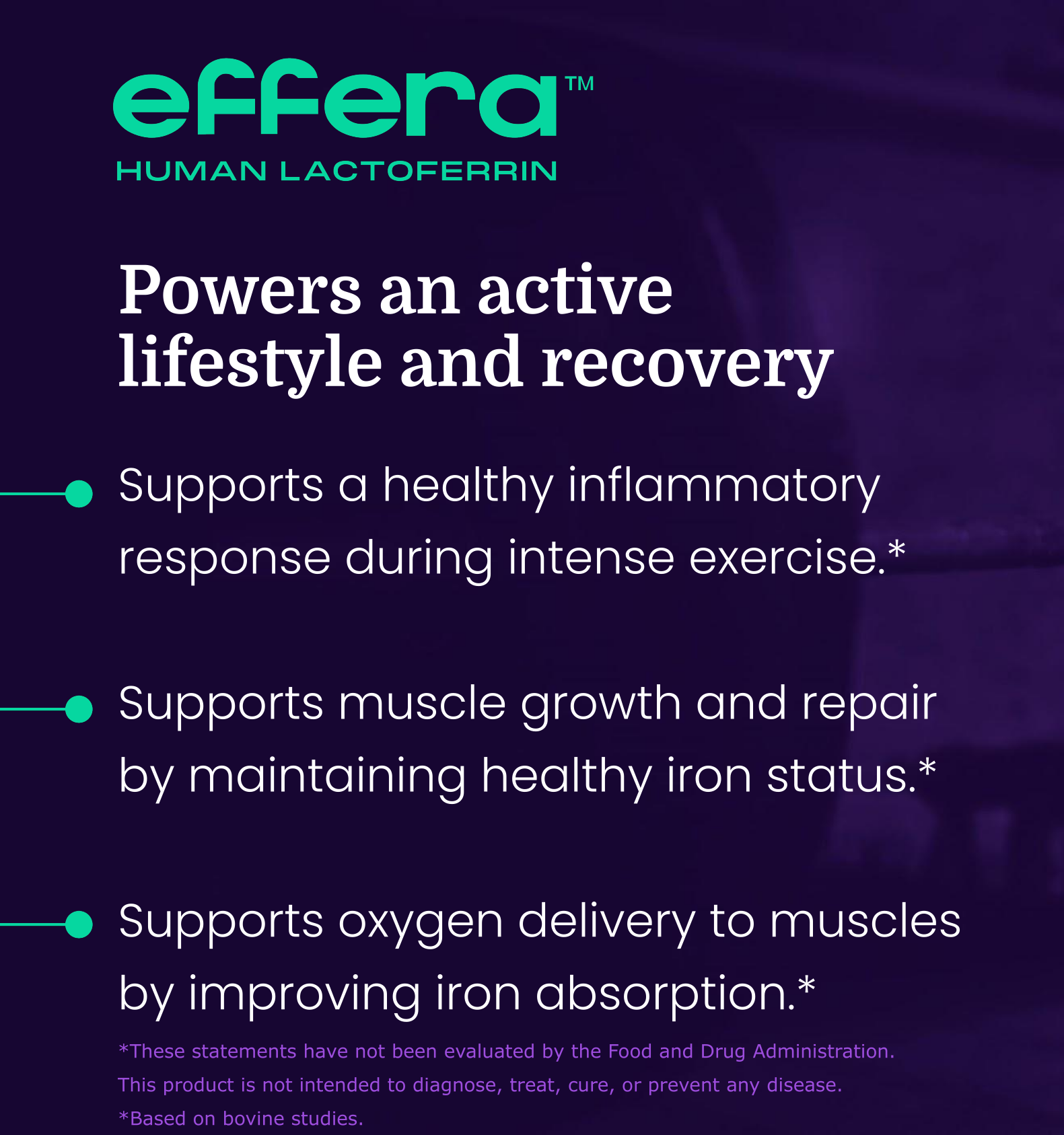

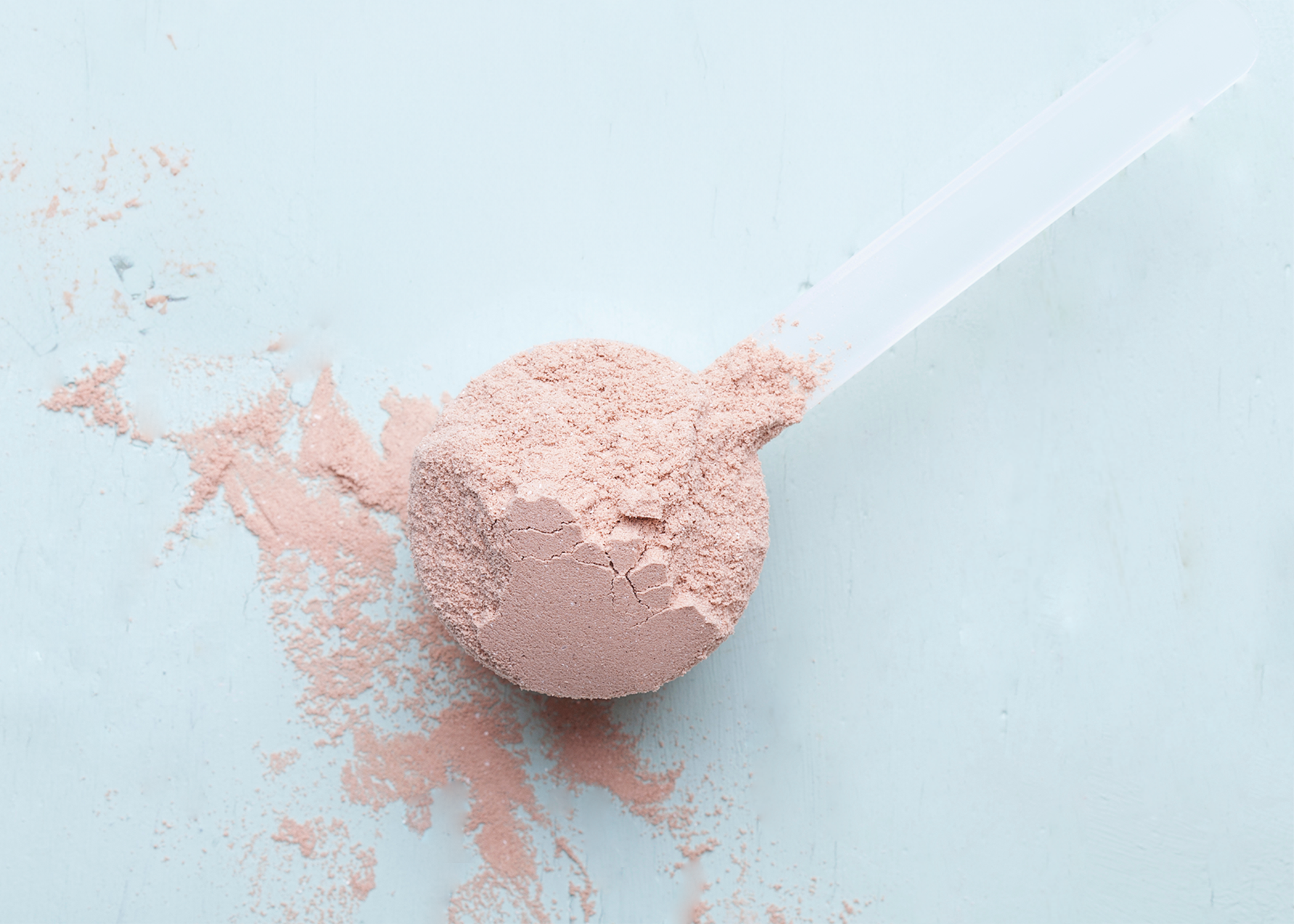

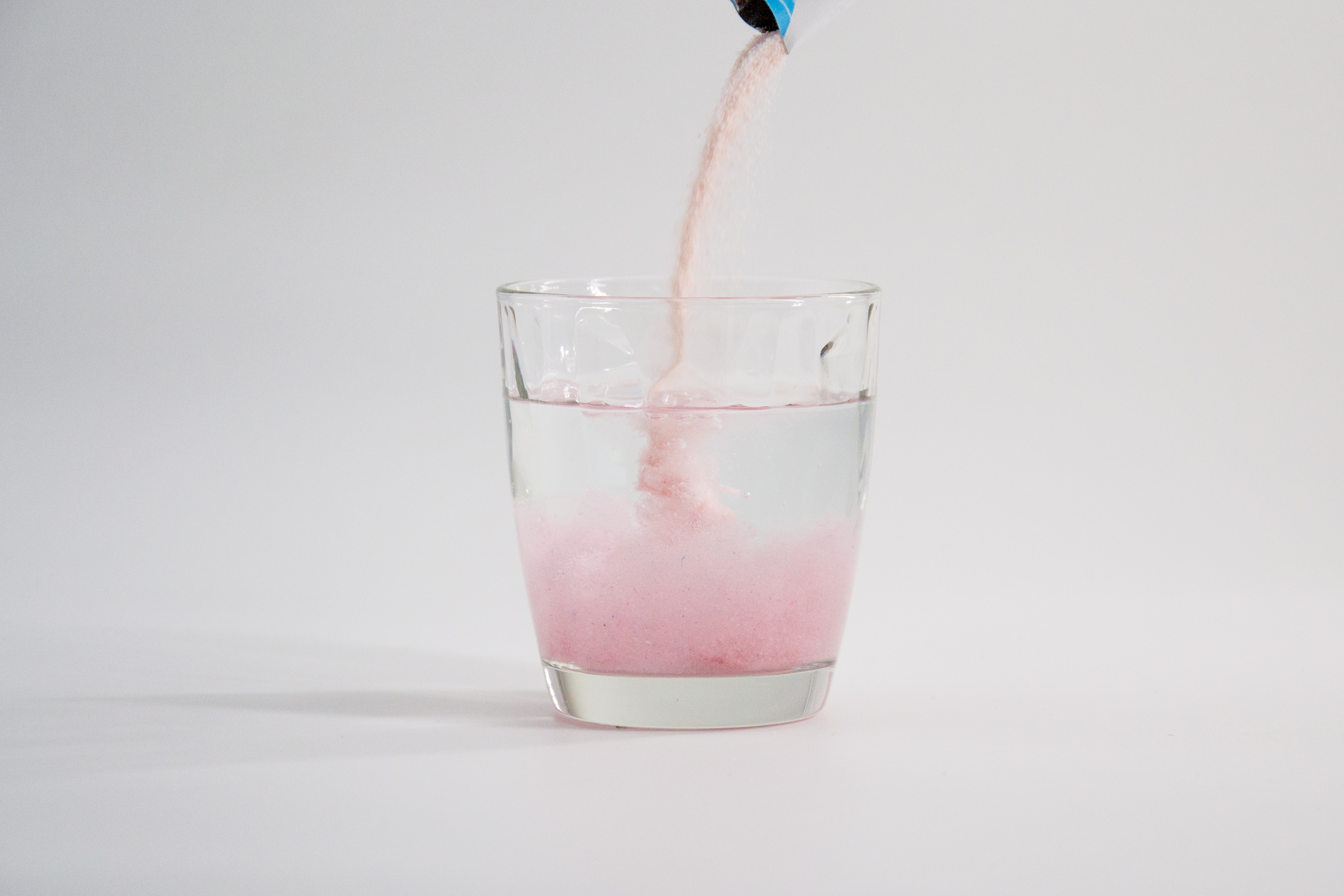
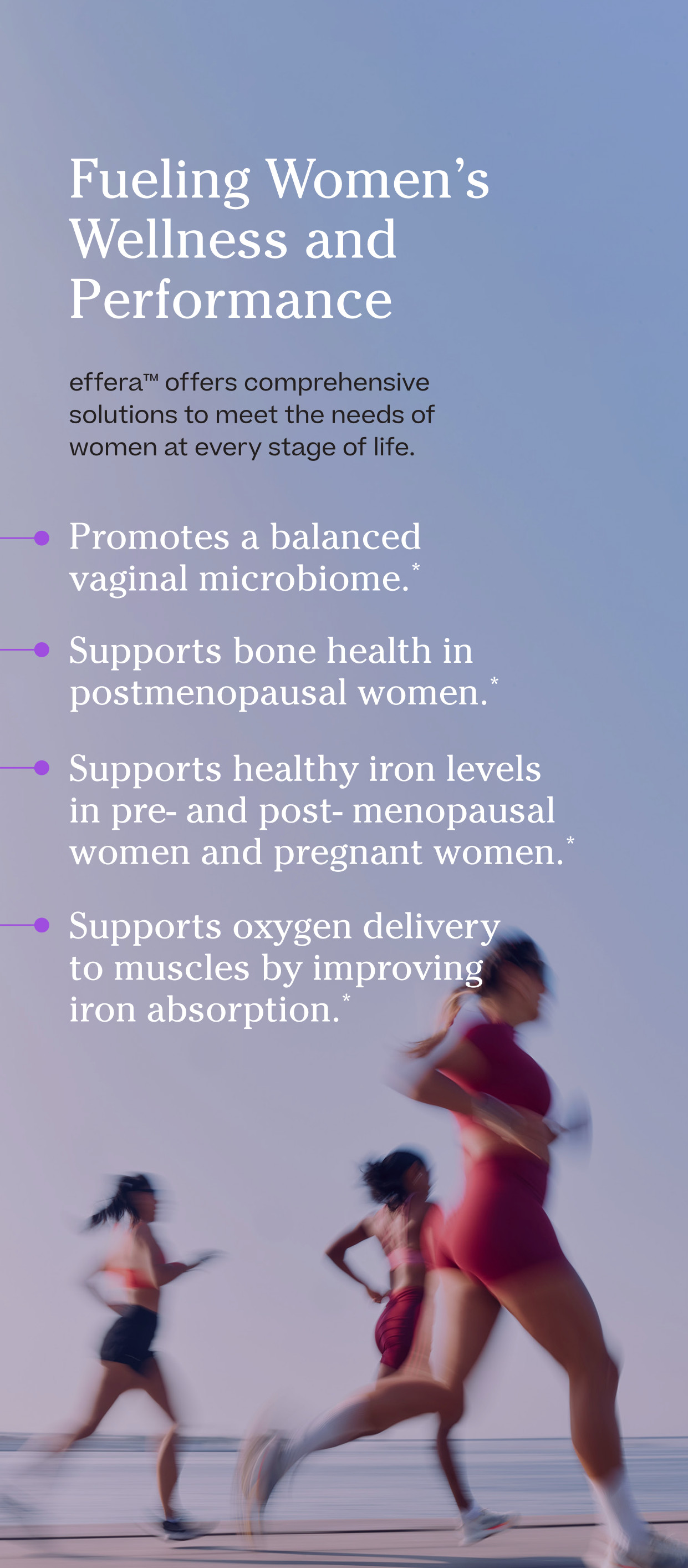
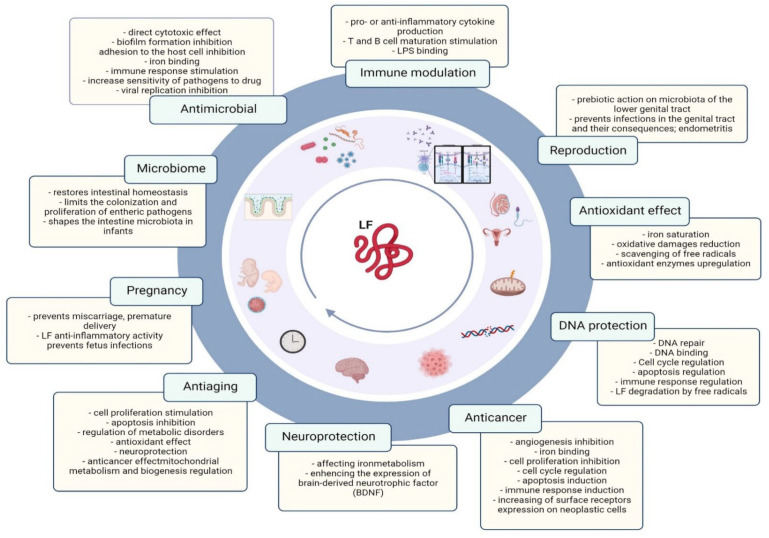
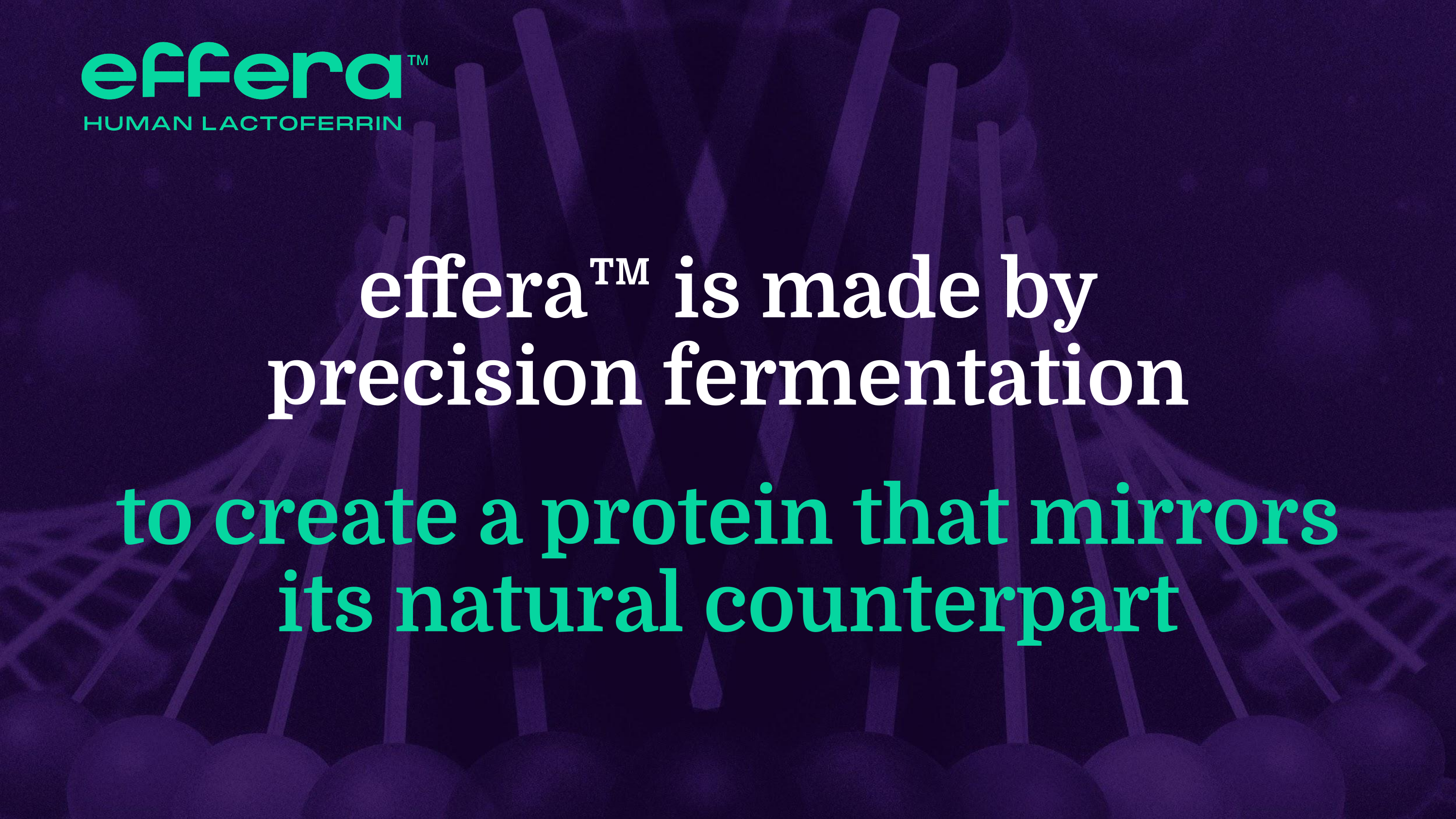

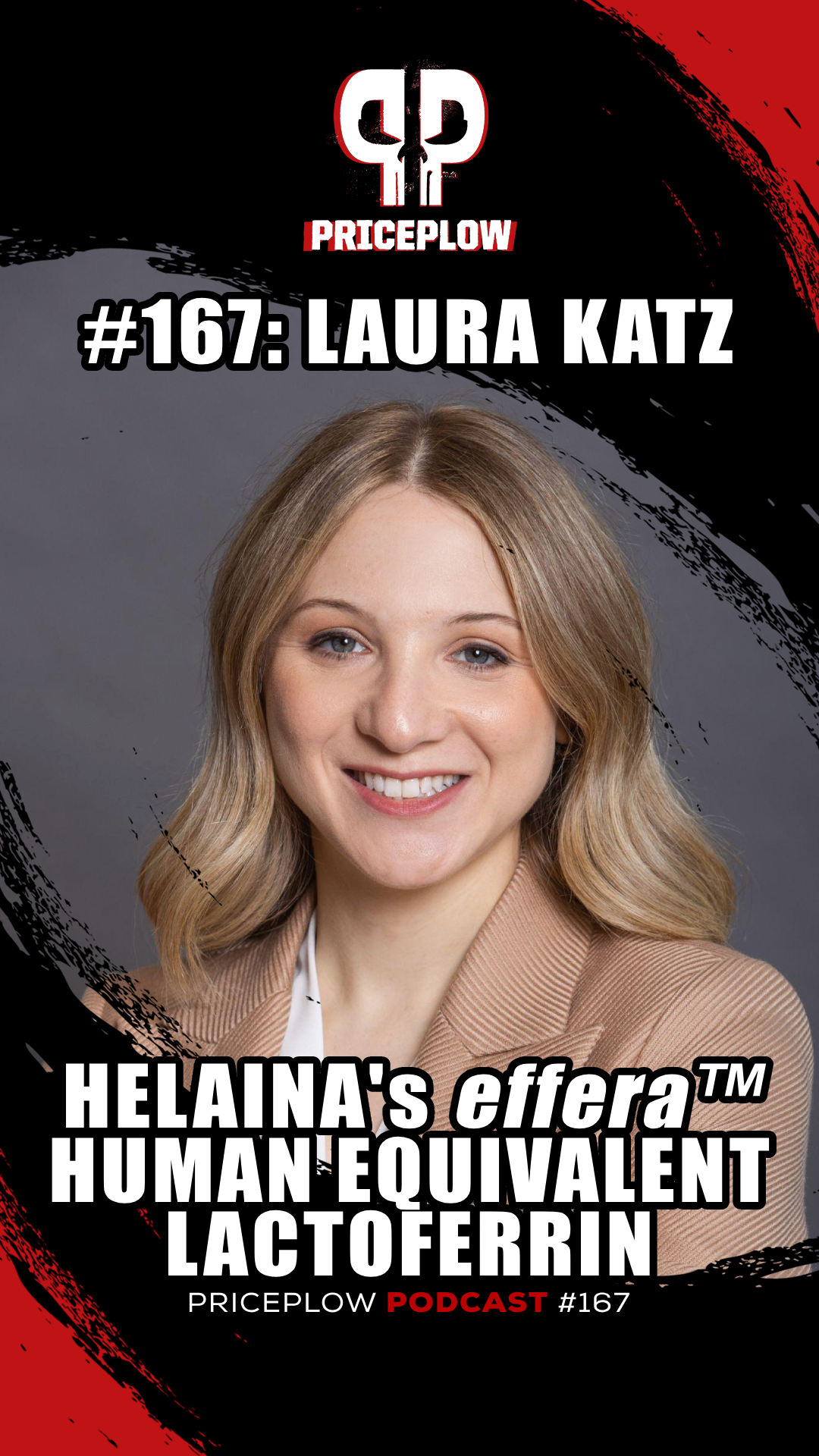

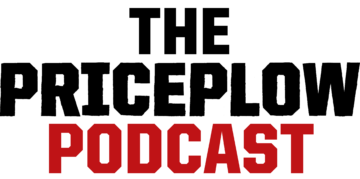

Comments and Discussion (Powered by the PricePlow Forum)